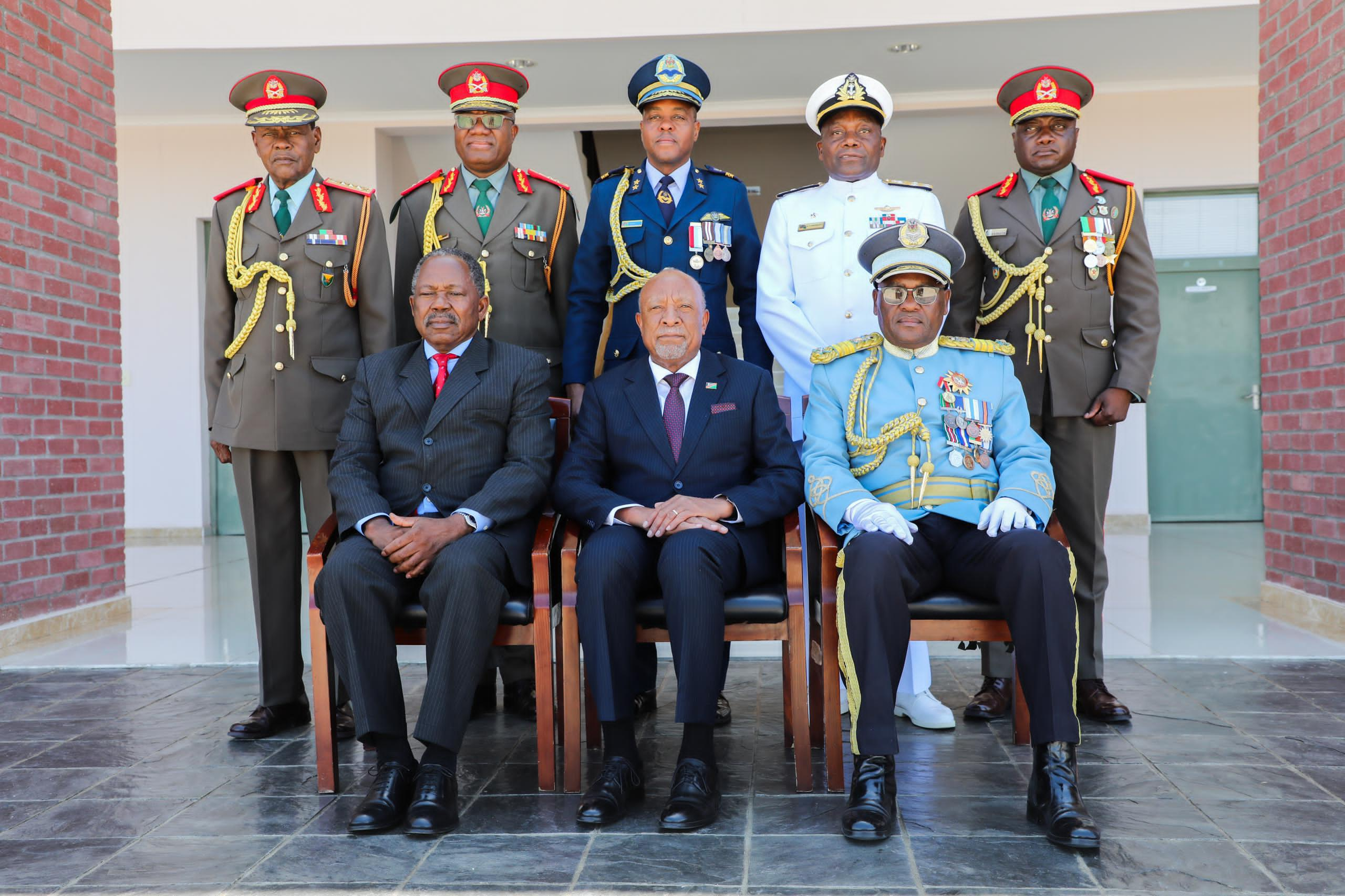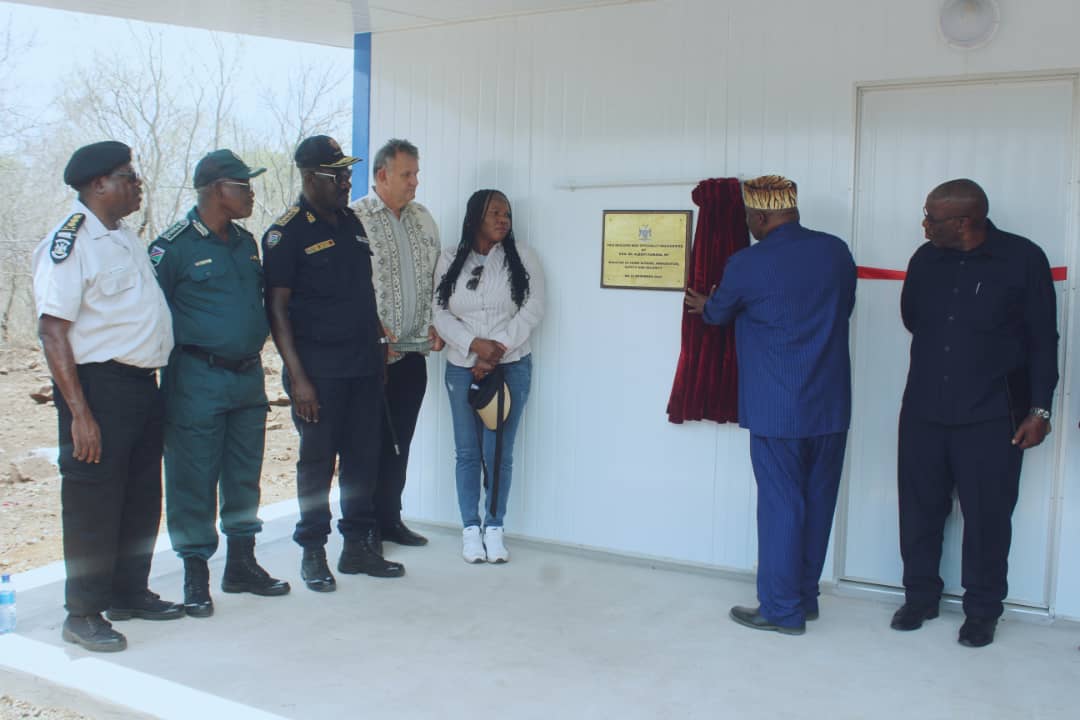This week’s saga on how the media covers the Fishrot corruption case is baffling and succeeded in doing nothing but sow unnecessary confusion.
For context, in the years following independence, it became common cause for Namibian reporters to take photos of accused persons from all walks of life inside and outside the courtroom.
This week, out of the blue, judicial and security authorities started restricting journalists from visually covering the Fishrot corruption case.
Although the main focus was on a ban on reporters taking photographs, a key takeaway from this Fishrot court coverage saga was the notion of some people being more equal than others, as expounded on by author George Orwell in his acclaimed novel ‘Animal Farm’.
At best, the judiciary might have a point if it is ensuring that the rights of the Fishrot accused are protected.
However, if it is a case of the selective protection of rights, it is problematic and adds to perceptions that linger among some that the judiciary allegedly panders to the elite.
In the interest of transparency, the judiciary could have and should have at least explained the reason for its decision to the media in advance.
Instead, judiciary officials initially defended the decision to enforce a rule that is not widely enforced.
“The accused also have the right to privacy. Unless you are just going to take your notes, it’s okay. But the moment you want to take a picture, you must ask for permission. It has always been like that,” Office of the Judiciary spokesperson Vikitoria Hango said this week.
Although the judiciary now appears to have backtracked, saying that reporters are free to take photographs and videos, damage may have already been done.
For years, the issue of media coverage versus privacy protection has been a contentious one in the public eye, particularly in the United States.
A few courts even went as far as imposing bans on reporting inside the courts.
To our credit, Namibia decided to be more open when it comes to our court proceedings.
But this reputation is at risk of being eroded if rules on media coverage change at whim, or if it seemingly depends on how prominent an accused may be.
The apparent resurrection and selective use of near-forgotten regulations this week does not serve the noble cause of justice well. Especially in the absence of an explanation.
Rather, it allowed suspicions to fester and rumours to run rife. Why the Fishrot case? And why now?
It is understandable given that two years ago lawyers for the Fishrot accused convinced a judge to block the media from covering the case.
That decision was later changed, but it appeared this week that the thinking of some people had not.
Our judges and security authorities owe it to the people to act inclusively and with clarity. Ultimately, the justice system belongs to and is meant to serve the people.
Judges are appointed as guardians to ensure that justice is not only administered, but administered equally.
This latest debacle should be another reminder to the judiciary to embrace transparency in our fledgling, but modern democracy.
Newly appointed Zimbabwean judge Moses Chinhengo, the lead judge for the Fishrot case, and judge president Petrus Damaseb should seize the moment and use the Fishrot trial as a case study to educate the public on how the judiciary works.
This would go a long way towards informing the public on how justice is served.
Stay informed with The Namibian – your source for credible journalism. Get in-depth reporting and opinions for
only N$85 a month. Invest in journalism, invest in democracy –
Subscribe Now!






